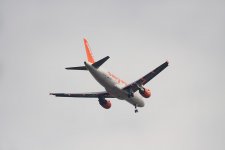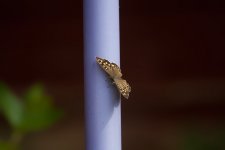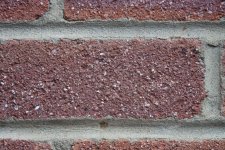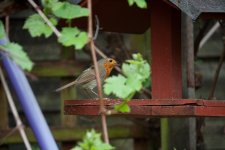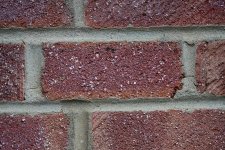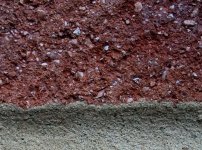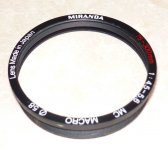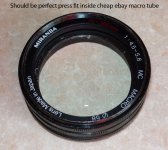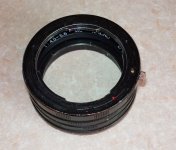Paul Corfield
Well-known member
Today I came up wit a very nice focal reducer. Not sure why I never tried it before but never mind. I've got quite a few zoom lens objectives collected from lenses I've taken apart. Mounting the objective into a macro tube (which is extremely simple) will then act as a focal reducer. Noting is lost at all in terms of sharpness and no CA is introduced. Corner sharpness is the only issue and it varies from lens to lens. Good ones are sharp almost to the corner and this is easily cropped if it shows in the photo which quite often it doesn't.
Here's a few images taken with an objective lens from a Canon 100-200mm lens. Another odd thing is that you don't need any extension in the scope at all and you can reach focus from infinity down to around 10m. Adding some extension then brings the focus down much closer.
This Canon lens adds 30% reduction and takes the 600mm SW80ED down to 420mm equivalent.
First two images are uncropped. Butterfly was from around 5m range and third image is a tight crop of the same photo showing that detail is very good.
Last image is of a wall, taken square on and you can see some slight corner softness. I need to check my other lenses as I think I have one or two that are sharper in the corners. For something that is basically free I can live with the corner sharpness, especially as the images are so sharp.
Also different lenses give different reductions, I have another lens that gives about a 40% reduction or 360mm equivalent and is equally as sharp with no CA.
Paul.
Here's a few images taken with an objective lens from a Canon 100-200mm lens. Another odd thing is that you don't need any extension in the scope at all and you can reach focus from infinity down to around 10m. Adding some extension then brings the focus down much closer.
This Canon lens adds 30% reduction and takes the 600mm SW80ED down to 420mm equivalent.
First two images are uncropped. Butterfly was from around 5m range and third image is a tight crop of the same photo showing that detail is very good.
Last image is of a wall, taken square on and you can see some slight corner softness. I need to check my other lenses as I think I have one or two that are sharper in the corners. For something that is basically free I can live with the corner sharpness, especially as the images are so sharp.
Also different lenses give different reductions, I have another lens that gives about a 40% reduction or 360mm equivalent and is equally as sharp with no CA.
Paul.
Attachments
Last edited:




